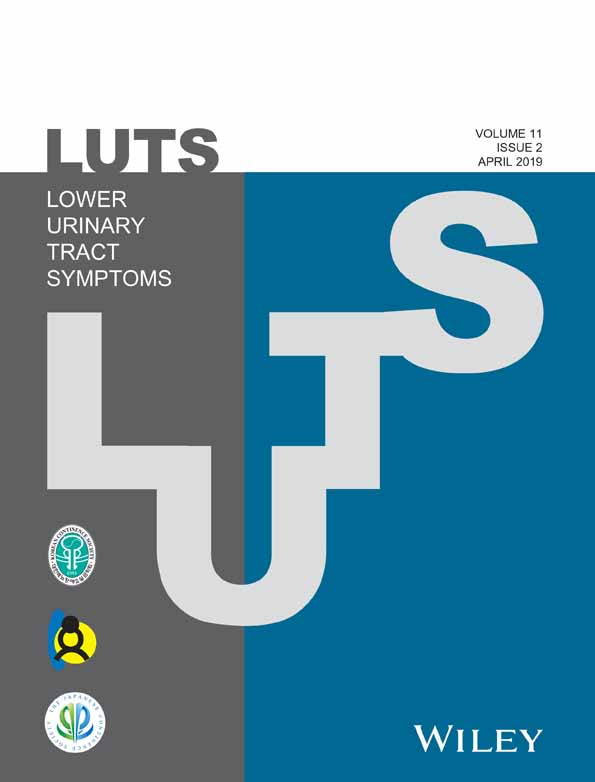Value of computed tomography in calculating prostate volume when transrectal ultrasonography is not applicable
Abstract
Objective
The aim of this study was to evaluate the value of computed tomography (CT) in determining total prostate volume (TPV), as an alternative to transrectal ultrasonography (TRUS) when TRUS is not available.
Methods
The patient cohort included patients who underwent both CT and TRUS within a 3-month interval from January 2012 to December 2013 at a single institution. In all, 67 non-contrast and 217 contrast-enhanced CT images were reviewed twice by 3 independent observers 2 months after the initial evaluation. Prostate length and width were measured on axial images and height was measured on sagittal images. To compare differences between CT and TRUS in TPV estimation, the CT/TRUS ratio of TPV was calculated and a Bland–Altman plot was constructed. Inter- and intraobserver variabilities and the effect of contrast enhancement were also evaluated statistically.
Results
The mean (± SD) age of patients was 64.5 ±10.8 years and the mean time interval between CT and TRUS was 16.3 ± 22.6 days. The mean TRUS-measured TPV was 44.7 ± 24.9 mL and the mean CT/TRUS TPV ratio was 0.80 ± 0.20, indicating that TPV estimated by CT is 20% lower than that determined by TRUS, regardless of contrast enhancement (P > .05). The mean difference in TPV between TRUS and CT was 11.3 ± 14.3 mL, with differences of 1.7, 9.9, and 32.9 mL for prostate volumes of ≤30, >30–60, and >60 mL, respectively. Interobserver variability was excellent (r > 0.9), whereas intraobserver variability was very good (r > 0.7).
Conclusion
CT is a reliable method for prostate volume measurement and is well correlated with TRUS. Although CT estimates of TPV are 20% lower than those obtained using TRUS, CT can be used as an alternative to TRUS when TRUS is not available.




